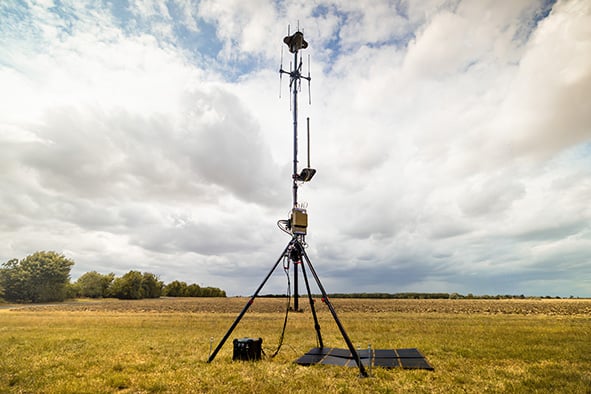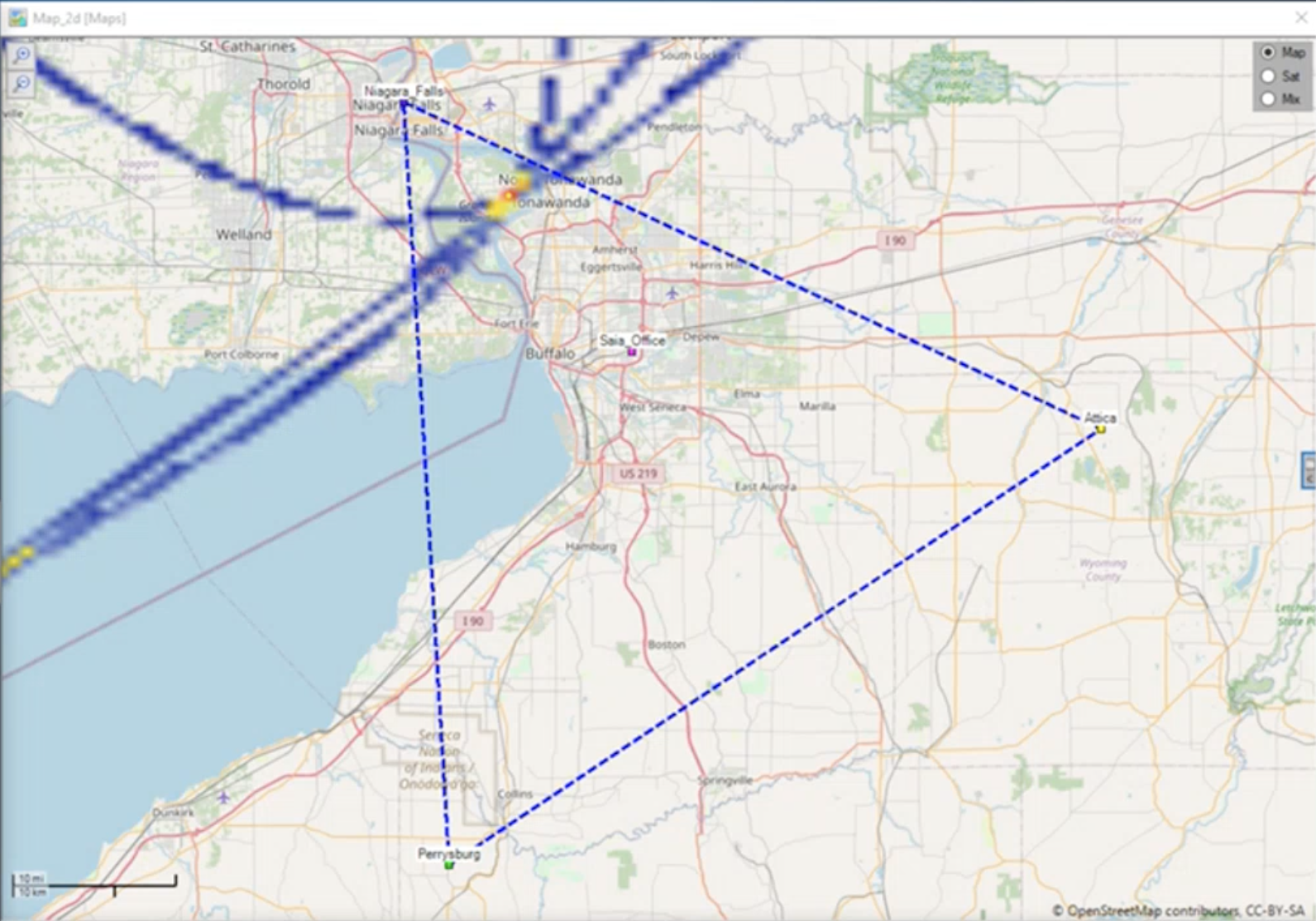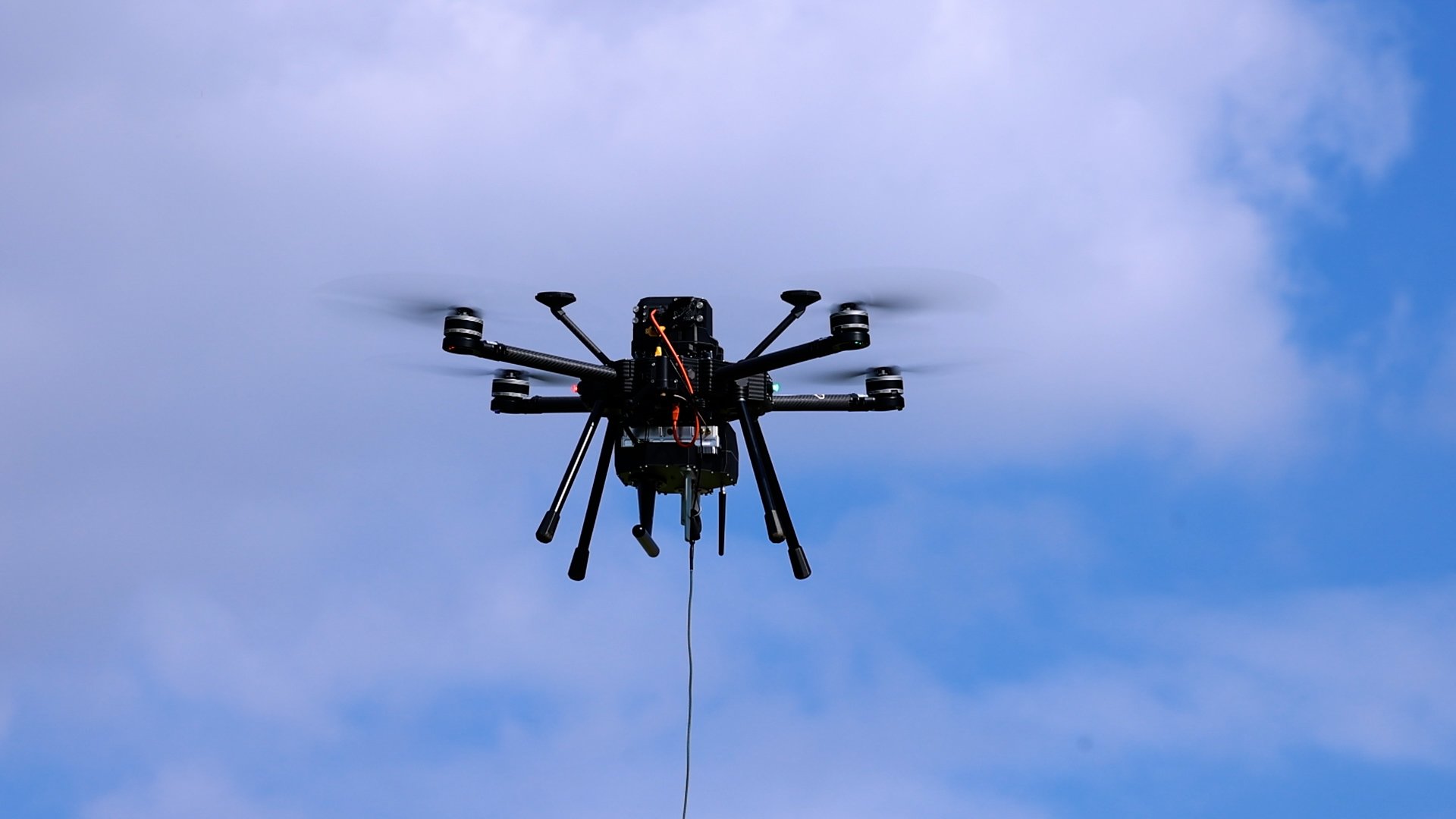Radio frequency interference (how to find it and fix it)

Radio Frequency Interference (RFI) is an unfortunate and unpredictable adversary. RFI degrades the performance of wireless devices and, therefore, needs to be identified and, if possible, eliminated. This process is not always straightforward, as RFI can be natural or manmade, constant, or intermittent, and the source is often difficult to find.
RFI is unwanted energy in a given frequency, caused by stray emissions, radiation, induction, or overcrowding. The impact of RFI is increasing as both civilian and military applications become more dependent on wireless RF technologies. The increased number of devices, higher signal densities, increased modulation complexity, and higher signal bandwidths all increase the likelihood of interference.
Wireless devices that use Bluetooth, Wi-Fi, Z-wave, and cellular technology are all adding to the volume of digital information being transmitted wirelessly. The narrow bands designated for transmission are becoming more congested and overused. Moving to higher frequency bands provides more bandwidth for transmissions, but these will also become overcrowded in time.
Effective detection and mitigation of RFI requires the right spectrum monitoring and tools to identify sources quickly and restore reliable communications and operations.
Types of interference
RFI is an issue for all markets and applications that use Radio Frequency (RF) transmissions because they decrease coverage, capacity, and performance. Industries that are particularly affected are:
- Telecommunications
- Aerospace and aviation
- Military and Government
- Electrical engineering
- Public safety
Examples of RFI categories are:
- Authorized and unauthorized transmissions (constant or intermittent) in the band of interest or a harmonic.
- Spurious transmissions from nearby electronic hardware. These are unwanted RF signals outside the expected frequency range, usually harmonics, intermodulation products, or parasitic signals.
- Jamming happens when a strong RF signal at the same frequency is deliberately emitted.
- Spoofing happens when fake signals that mimic legitimate signals are emitted.
- Natural phenomena such as solar flares, galactic radio noise, solar radio bursts, and lightning.
- Overcrowded bands lead to increased interference and poor performance. This occurs when too many devices use the same frequency band.
Specific examples of sources of RFI are wide-ranging; some examples are given below:
- Radio systems (licensed and unlicensed)
- Illegal GPS and phone jammers
- Leaking wired transmissions
- Household appliances at RF bands
- Satellite and cellular communications
- Power supplies
- Industrial sources
- Drones
- Wind farms
To avoid disruption, sources of interference must be identified quickly and either stopped from transmitting or their impact limited.
Different types of interference
There is no single type of interference or single detection method. High-power in-band emitters are usually obvious in spectrum monitoring, while out-of-band sources often degrade receivers indirectly via intermodulation and reciprocal mixing, making diagnosis harder.
In contrast, Wi-Fi interference may require deep protocol analysis to discover the root cause. Finally, low-power interference in urban environments can be hard to detect when sensors are not close by; detection depends on geometry and proximity.
There is no one-size-fits-all approach to RFI. Depending on the type of interference they encounter, operators will need to use a combination of tools and techniques.
One model for detecting interference
RF spectrum monitoring tools can be used to identify unexpected transmissions. RF sensors capture large volumes of data and process this data on the edge. Spectrum monitoring software can then determine RFI transmissions' frequency, power, and location characteristics.

Image 1: Compact Direction-Finding Head (DFH500) System with Rapid Deployment Kit
There are two main approaches to detecting RFI: a one-off site survey or proactive, persistent monitoring. A one-off survey will detect constant RFI signals, and mitigations can be implemented to limit their impact before your transmissions start. However, this approach has the potential to miss intermittent and new signals. Therefore, a proactive, persistent approach will allow users to conduct real-time analysis, increasing probability of intercept for interference in a target geographical area.
Historically, hunting interference required handheld spectrum analyzers. These would sweep through the frequencies of interest in small bandwidth sections until the spurious signal was found as a spike on the frequency graph. However, this method is inefficient as handheld spectrum analyzers have temporal blind spots and limited instantaneous bandwidth, so short, burst, or frequency-hopping signals often go unseen. Also, a single handheld device does not provide precise geolocation; this requires time-synchronized multi-sensor TDoA.
Traditionally, there was a trade-off between dynamic range, resolution bandwidth (RBW), and sweep time: narrowing RBW lowers the noise floor and helps find weak interference, but it lengthens the sweep; widening RBW to cover more spectrum quickly raises the per-bin noise and risks missing low-level signals. Modern RF sensors mitigate this with low-noise-figure front ends and low-phase-noise, and with a wide instantaneous bandwidth that observes large swaths continuously instead of stepping a sweep, improving detection of short, frequency-agile signals and preserving sensitivity.
For swift and effective interference resolution, monitoring needs to be real-time. This means an alert can be raised when detecting a new interfering signal. At least three sensors, working with geolocation software, are required to determine where a signal was emitted.

Image 2: Geolocation of a signal using sample-based TDoA (with a four-sensor network).
Mitigating interference
Once the RFI signal is identified, a few steps can be taken to alleviate it. The interfering device could be switched off, moved, or its operating frequency altered. If this is not possible, its effects can be mitigated on your device. This mitigation is best addressed during the design process—especially for safety-critical communications or in contested environments—but measures can also be applied reactively when an RFI source is found.
A range of techniques can be used to minimize the impact of RFI on a device. Adding a filter helps to attenuate unwanted frequencies and limit their effect on the device. These filters can be Bandpass, Low-pass, High-pass, or Band-reject, and can be implemented physically or in software. Shielding the device from external RF radiation is another approach. This would use metal enclosures or conductive coatings around part of the device to stop the RFI from entering. Signal processing techniques are very effective at limiting the effect of RFI and can be adaptive to changes and new signals. These techniques include adaptive filtering, noise cancellation, and error correction codes.
Designers and manufacturers can also help with limiting RFI. A common source of RFI is unplanned emissions due to the manufacture of a device or its altered performance due to age and faults. When electronic devices are manufactured, they should be tested to see if there are any unexpected emissions in all parts of the spectrum. Before the installation of a device, a site survey can be carried out to check if nearby equipment is causing RFI. One common cause of interference in communications is old LED bulbs, which is unfortunate as they are prevalent in places where safety-critical communications need to be made, e.g., airports.
Channel overcrowding is a common source of RFI, and it is familiar to non-commercial users as dropped mobile calls or weak Wi-Fi in busy areas. With real-time band-occupancy monitoring, operators can see when a channel is saturated and temporarily switch off or block non-mission-critical devices to preserve capacity for priority communications.
Five-step response to RFI
- Detect: Persistently monitor relevant bands in real time.
- Capture and triage: Capture I/Q data for evidence and check emissions against assigned bands.
- Geolocate: Accurately geolocate the source of interference.
- Dispatch: Send an operator to verify the signal at the source.
- Remediate: Address the source of RFI through fix, removal, or other means.
Active interference detection for safety-critical communications
Sectors such as airports, emergency services, the military, and major events require uninterrupted communications for safety and mission continuity. Therefore, they use continuous interference monitoring and active spectrum management, deploying hardware and software engineered to resist jamming and other disruptions.
Persistent spectrum monitoring is carried out in real time by RF sensors and automated spectrum monitoring software, which detect the type of interference, strength, and source of the signal. The hardware can be deployed on mobile assets such as vehicles or drones, which can quickly locate the interfering signals.
 Image 3: CRFS Ariel Monitoring System with RF sensors as payloads are a versatile and efficient way of gaining height rapidly to monitor the spectrum.
Image 3: CRFS Ariel Monitoring System with RF sensors as payloads are a versatile and efficient way of gaining height rapidly to monitor the spectrum.
Regarding military communications, the RF bands used are protected, and nothing else should be transmitting on them. However, the overcrowding of adjacent commercial bands, spurious emissions, and deliberate jamming or spoofing attacks mean this is not always true.
For all types of military operations, spectrum monitoring and signal geolocation are key to ensuring reliable communication, navigation, and situational awareness. Spectrum monitoring can provide information on who is using which frequencies, and geolocation can provide accurate locations of the sources of interference, which may help determine if they are unintentional or intentional.
Detecting RFI through automated alerts quickly allows operators to detect threats in real-time.
Conclusion
The most effective way to find and fix RFI is persistent, real-time spectrum monitoring with low-noise, wide-instantaneous-bandwidth sensors networked for multi-sensor geolocation (TDoA/AoA) and software that visualizes activity, triggers alerts, and helps with rapid resolution. Proactively hunting issues before they escalate cuts detection and repair times and limits impact.
%20CTA%20cover.png)
Brochures, Guides & Survey's
RFeye Node Overview
Discover our advanced superheterodyne RF technology for superior sensitivity, frequency stability, and selectivity. Compare Node specifications, view the new RFeye Node models, and discover what makes them unique.
Tamara Clelford
Dr Tamara Clelford, director of Polynode, is a consultant physicist and writes guest posts for CRFS. She has 20 years of experience in the antenna and RF world both with hands on design, test, analysis and simulation.
